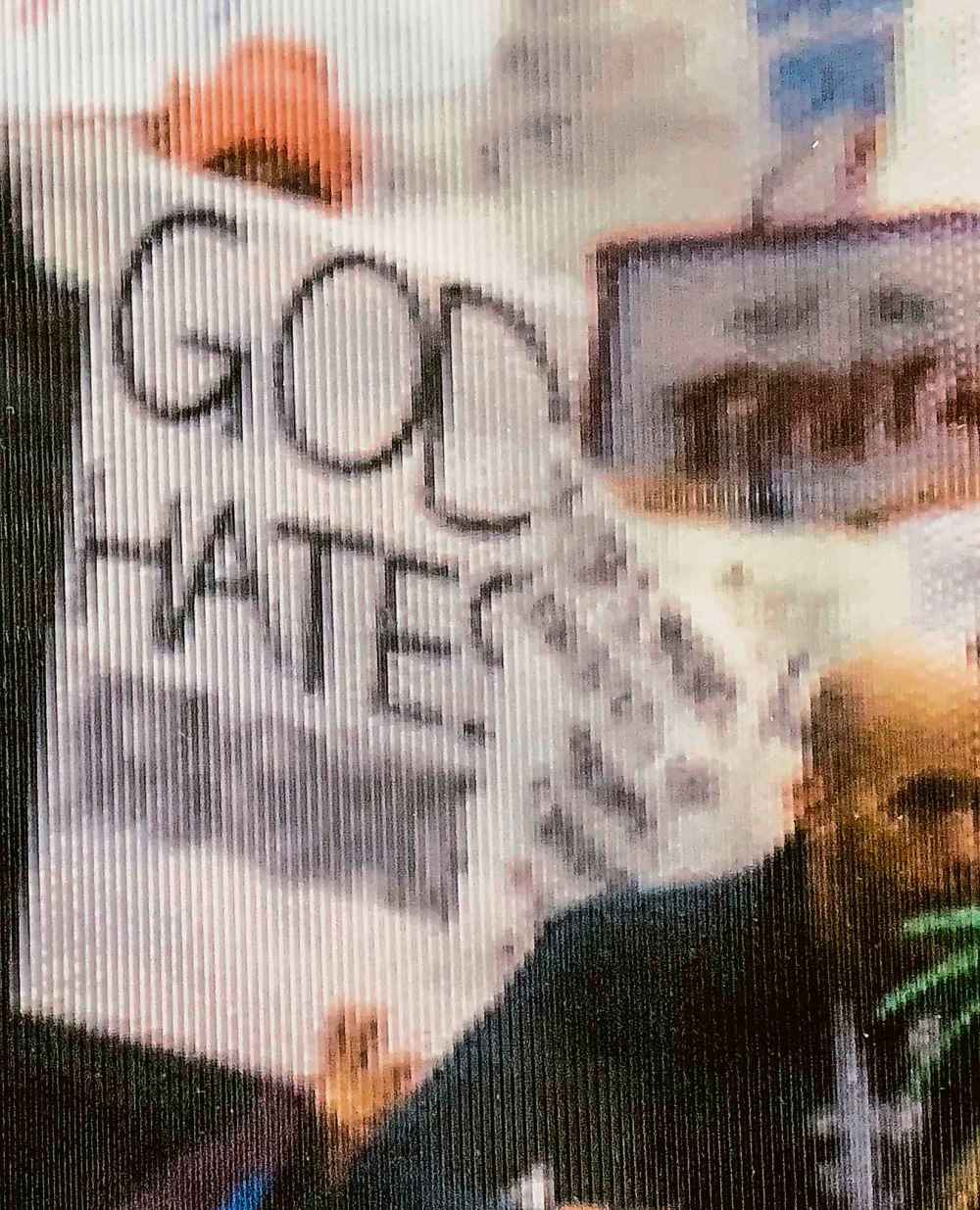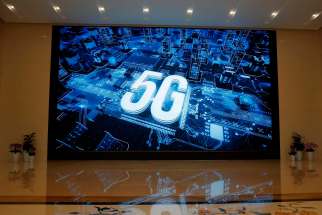Blurring images doesn’t alter reality
Read this article for free:
or
Already have an account? Log in here »
To continue reading, please subscribe:
Monthly Digital Subscription
$0 for the first 4 weeks*
- Enjoy unlimited reading on winnipegfreepress.com
- Read the E-Edition, our digital replica newspaper
- Access News Break, our award-winning app
- Play interactive puzzles
*No charge for 4 weeks then price increases to the regular rate of $19.00 plus GST every four weeks. Offer available to new and qualified returning subscribers only. Cancel any time.
Monthly Digital Subscription
$4.75/week*
- Enjoy unlimited reading on winnipegfreepress.com
- Read the E-Edition, our digital replica newspaper
- Access News Break, our award-winning app
- Play interactive puzzles
*Billed as $19 plus GST every four weeks. Cancel any time.
To continue reading, please subscribe:
Add Free Press access to your Brandon Sun subscription for only an additional
$1 for the first 4 weeks*
*Your next subscription payment will increase by $1.00 and you will be charged $16.99 plus GST for four weeks. After four weeks, your payment will increase to $23.99 plus GST every four weeks.
Read unlimited articles for free today:
or
Already have an account? Log in here »
Hey there, time traveller!
This article was published 23/01/2020 (2148 days ago), so information in it may no longer be current.
It’s a common family-photo joke when someone can’t make the occasion: “We’ll just Photoshop them in later!” — the understanding being that reality isn’t really subject to editing, but we’re tempted to try it anyway.
It’s a more serious charge to level at keepers of actual photographic records, but that’s the situation the National Archives and Records Administration in the United States found itself in recently. Had it tried to “edit” reality?
At issue was a photo used to publicize an exhibition, Rightfully Hers: American Women and the Vote. The image, displayed in the common area outside the exhibition, showed crowds in Washington, D.C., during the historic Women’s March in 2017.

That march, a day after the inauguration of U.S. President Donald Trump, who is currently impeached and facing trial in the U.S. Senate, was commonly seen as a reaction, in part, to the election of a man who infamously bragged on tape about sexually assaulting women (“When you’re a star, they let you do it”) and faced multiple credible accusations of such behaviour.
So what was the problem with the promotional image? In it, some of the messages on the demonstrators’ signs were blurred out. Rather than a placard that said “God Hates Trump” it read “God Hates (word obscured)”; another, which originally read “Trump & GOP — Hands Off Women” now had the word “Trump” obscured. References to women’s anatomy were also blurred. A sign declaring “If my vagina could shoot bullets, it’d be less regulated” had “vagina” blurred out.
A NARA spokeswoman told the Washington Post the changes were made “so as not to engage in current political controversy.”
The idea that an exhibit about women’s rights could — or should — avoid controversy, current or not, is questionable. That it concerned an image in which many thousands of women were engaging politically underscores the flimsiness of such an argument.
The idea that an exhibit about women’s rights could– or should — avoid controversy, current or not, is questionable.
It seems more like self-censorship. And that, itself, is a controversial political decision.
The issue has another unexpected layer: the image at the centre of the controversy might give the impression NARA had altered one of the images in its own archives to suit the president (or, at least, to avoid his mercurial wrath); that is not the case, as the much-discussed promotional photo was licensed from Getty Images and is not actually part of the exhibition.
In fact, photos from the 2017 Women’s March appear nowhere in the exhibition.
But the imprimatur of a national archives lends images associated with it an archives’ rigorous adherence to accuracy and fact. That was why the Society of American Archivists felt compelled to issue a statement in the wake of the Post’s reporting. The society emphasized that “Archivists may not wilfully alter, manipulate, or destroy data or records to conceal facts or distort evidence. They thoroughly document any actions that may cause changes to the records in their care or raise questions about the records’ authenticity.”
We made a mistake.
As the National Archives of the United States, we are and have always been completely committed to preserving our archival holdings, without alteration. pic.twitter.com/VTWOS4R7GY
— US National Archives (@USNatArchives) January 18, 2020
After the story appeared, NARA apologized and replaced the altered image promoting the exhibition with an unaltered version. But the damage to public trust in government institutions, especially when that trust is under the microscope thanks to the impeachment of a famously untruthful president, is no small thing.
People, or a government, might like to Photoshop certain things into — or out of — our photographic records. But that’s just avoiding reality, not altering it.









